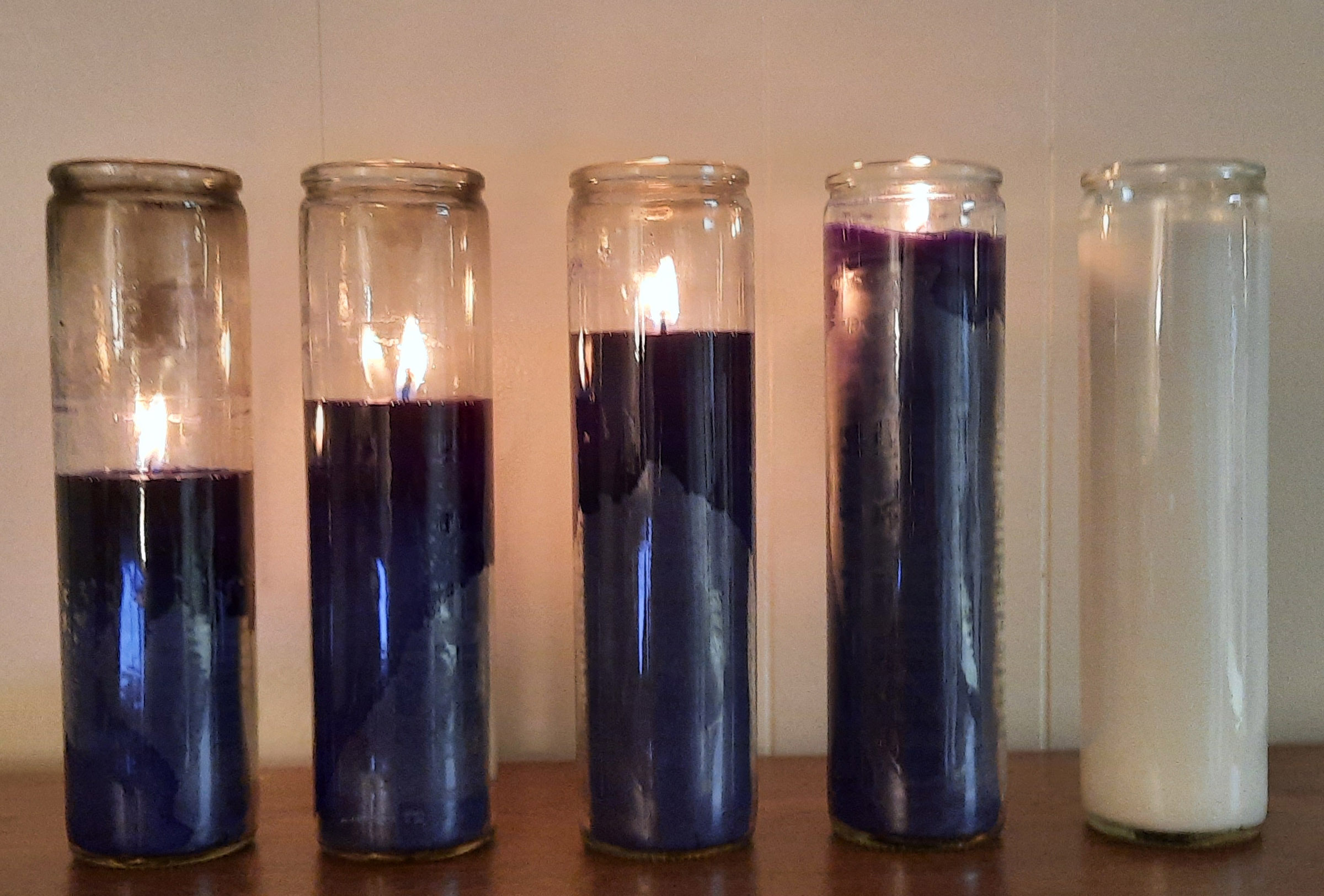
In the sixth month of Elizabeth’s pregnancy, God sent the angel Gabriel to Nazareth, a town in Galilee, to a virgin pledged to be married to a man named Joseph, a descendant of David. The virgin’s name was Mary. The angel went to her and said, “Greetings, you who are highly favored! The Lord is with you.”
Mary was greatly troubled at his words and wondered what kind of greeting this might be. But the angel said to her, “Do not be afraid, Mary; you have found favor with God. You will conceive and give birth to a son, and you are to call him Jesus.
“Fear not.” “Do be afraid.”
Different translations use slightly different words, but the pattern is unmistakeable: almost every time a person encounters an angel in scripture, the angel has to tell the person to not be afraid.
Modern depictions of angels owe far more to pagan myth than to scriptural evidence, but the angels of the Bible were not the gentle, or even infantile, creatures we know from artworks. Some looked like regular people and were mistaken for such, and others looked like fearsome creatures. But once they spoke, they always inspired fear.
The angel who spoke to Mary followed the usual pattern, telling her to not be afraid.
Now, Mary had a lot to be afraid of. For one thing, an angel was talking to her. And her life was already full of scary stuff: she was engaged, pregnant, and about to embark on an arduous journey. The angel could have been speaking of any of these things, or all of these things, when he told her to not be afraid.
Every real encounter with the divine, whether with an angel or with God himself, is going to provoke at least some fear simply by understanding the awesome power present there.
I’ve heard the illustration used of people who work with nuclear power. Even when you are fully confident of the safety of the systems in place to protect you, a certain level of fear is not only unavoidable, but also healthy in keeping you alert.